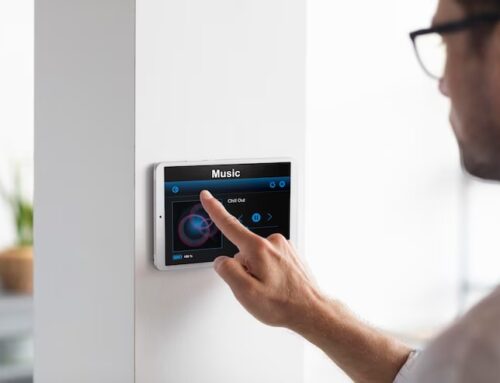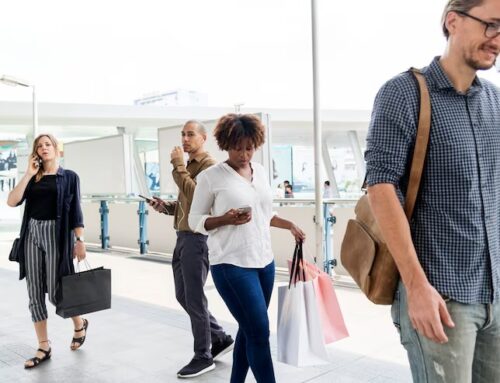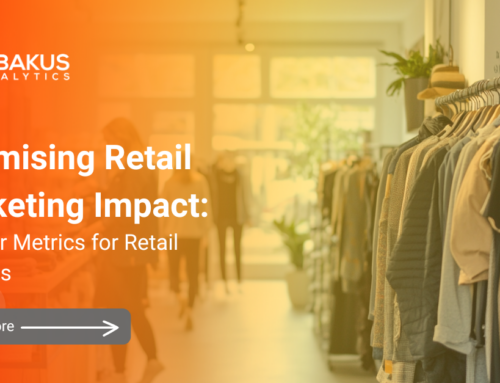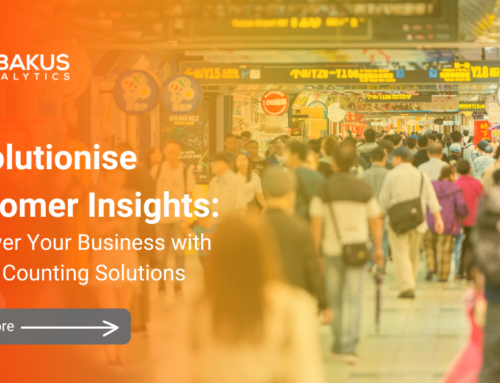A Guide to Occupancy Analytics: How They Can Support Your Business
In today’s data-driven world, businesses constantly seek methods to improve operational efficiency and customer satisfaction. Enter occupancy analytics, a transformative approach utilising data collected on the presence and movement of people within a physical space. This data is primarily gathered through sophisticated devices such as occupancy counting sensors (sensors for counting a person, or people counting sensors). But how exactly can this technology support your business? Let’s dive into the world of occupancy analytics and explore its many benefits.
Understanding Occupancy Analytics
Occupancy analytics involves the use of various counting sensors and technologies to measure, monitor, and analyse the occupancy and use of physical spaces. This can range from retail stores and malls to offices, public venues, and transport systems. The core of this system lies in the occupancy counting sensor, a dedicated device designed to accurately count the number of people entering or exiting a space. These sensors for counting persons are not just about numbers; they offer insights into how spaces are utilised, peak occupancy times, and patterns of movement.
Key Technologies in Occupancy Analytics
The technology behind occupancy analytics is varied but focused on precision and reliability. People counting sensors use different methodologies to track occupancy, including infrared beams, video analytics, and thermal imaging. These sensors used for counting are strategically placed at entrances, exits, and key points within a space to collect data continuously. The information gathered is then analysed to produce actionable insights for businesses.
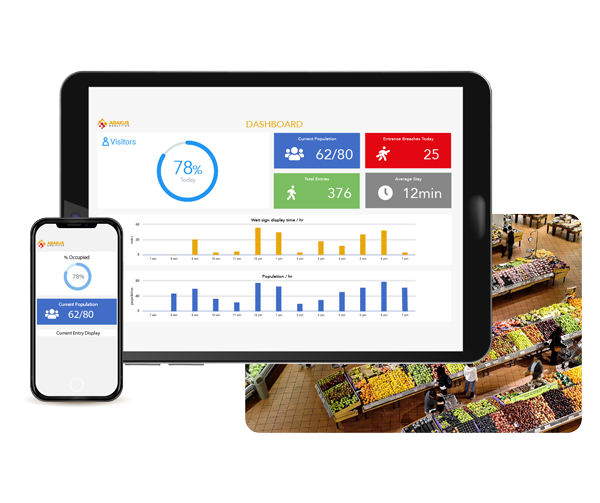
People counting systems give in-depth insights and data that can help you improve conversion and sales.
How Occupancy Analytics Supports Your Business
Enhanced Customer Experience:
By understanding the flow and distribution of customers within a space, businesses can optimise layout and staffing to improve the customer experience. For instance, retailers can adjust store layouts based on high-traffic areas to make shopping more convenient and enjoyable.
Efficient Occupancy Management:
Occupancy analytics provide vital data for effective occupancy management. This involves regulating the number of people in a space to ensure comfort and safety. During times of health crises, such as pandemics, this is particularly important for adhering to social distancing guidelines.
Operational Efficiency:
Data on peak occupancy times helps businesses tailor their operations, such as adjusting opening hours or optimising retail rostering during high-traffic periods. This optimization leads to cost savings and improved service delivery.
Strategic Decision Making:
Occupancy analytics offer insights that inform strategic decisions, such as expansion, layout changes, and investment in marketing efforts. By understanding customer behaviour and space utilisation, businesses can make informed decisions that drive growth.
People Counting Analytics for Marketing Insights:
Analysing the flow of customers can provide valuable marketing insights. By identifying peak times and areas of high foot traffic, businesses can strategically place promotions and advertisements to maximise visibility and impact.
Conclusion
Occupancy analytics, powered by advanced sensors for counting people and managing occupancy, are an invaluable tool for businesses looking to enhance efficiency, improve customer satisfaction, and make informed decisions.
Abakus Analytics can help your business to leverage the data and insights provided by occupancy counting sensors and people counting analytics. Whether you’re a retail giant, a bustling airport, or a cosy cafe, we can transform the way you understand and interact with your space and your customers.


